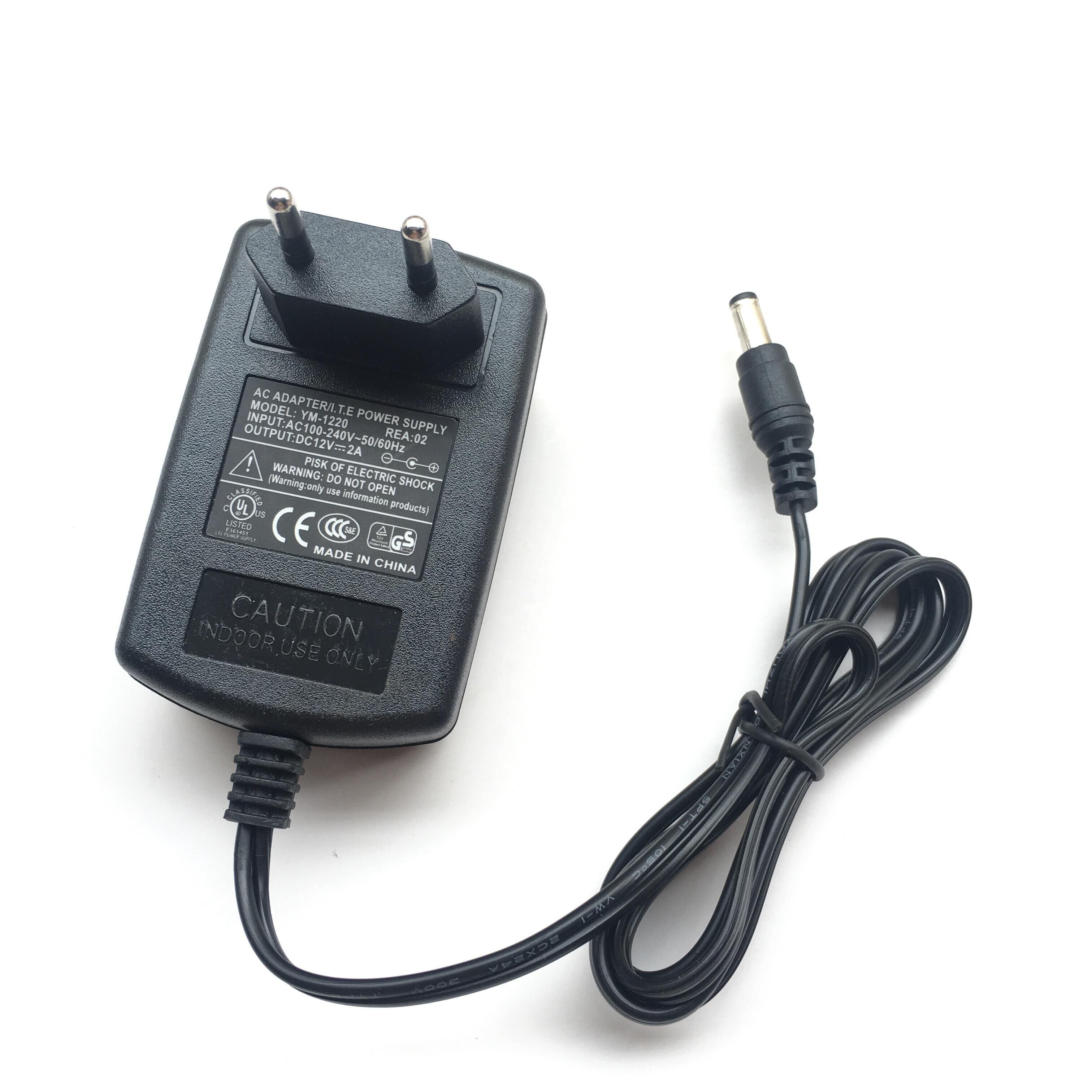

Pure sine wave inverters are safe for all appliances that use AC power since they output the same exact wave format. But for appliances with an internal motor or microprocessor, the modified sine wave can cause damage due to increased power fluctuations.

For most applications, this is an acceptable form. The next step up would be modified sine waves which have switches that operate more frequently to provide a closer resemblance to the pure sine wave. Square waves are not useful for the majority of applications. On the most basic level, these switches can create square waves that switch between positive and negative but do so slowly and abruptly. This is done by little switches that flip on and off to change the direction of the DC power flowing through the circuit. Inverting DC power to AC power is done by creating sine waves from the straight waveform. A pure sine wave periodically oscillates between the positive and negative peaks in a continuous, steady fashion. Sine Wave OutputĪC power travels in a pure sine wave, switching continuously between positive and negative peaks, whereas DC power travels in a straight line. The device transforming power needs to be able to handle the initial high power surge to avoid damage. Upon startup, certain appliances will need a greater amount of power than is necessary for continuous operation. The peak surge demand represents the maximum power output the device is capable of producing but is only sustainable for a brief moment. A continuous output rating of at least 1.5 times the combined wattage load of your appliances is recommended. Appliances are labeled with their power requirements for use, including running voltage, wattage, and amp draw. The continuous output rating must be greater than the anticipated load demand of the appliances you will be powering. Outside of North America, 240V AC power is standard. Most converters designated for use in an RV will match these voltages, but it is always good to verify. Since RV batteries utilize 12V power, choosing an inverter or converter compatible with this voltage level is essential. Read on for more information regarding each of these topics. In order to determine the appropriate converter or inverter device for your rig, it is important to consider factors such as output rating, available connections, and safety features. The inverter charger functions separately as either a power inverter or battery charger but cannot do both at the same time. Inverters are necessary to run AC appliances off of battery power when you are not connected to shore power.Īn inverter charger works similarly to a power inverter but has the additional capability of charging your batteries when connected to a 120V AC source. A battery charger will only charge and cannot simultaneously provide DC power for immediate use.Ī power inverter works opposite of a converter and transforms 12V DC power into 120V AC power. These may be specified as converter chargers, which implies additional functioning over battery chargers. Most converters found in modern RVs will also work to charge batteries. This differentiation is typically beyond the scope of the necessary information for most RVers. A rectifier is a more specific term for the type of converter used in RV applications. You may also hear the term rectifier when discussing converters. When used in an RV, converters transform the current supplied by the shore power connection into a usable form in order to power DC appliances. This article will discuss the purpose of converters, inverters, and chargers and review important product considerations.Ī power converter outputs 12V DC power from a 120V AC power input. These devices can also operate as battery chargers. Oftentimes, power will need to be switched from one current form to the other, and that is achieved through devices called converters and inverters. AC, or alternating current, constantly switches the direction of flow, resulting in a much higher voltage output of 120V. DC, or direct current, flows in one direction from negative to positive and produces a low voltage output of 12V. The main differences between AC and DC power are the voltage levels and the direction in which the current flows. RV batteries utilize DC power, while the majority of home appliances require AC power. Check out our previous RV Electrical Systems Basics article for more information on this subject. RVs are designed to utilize AC and DC power for various purposes, including off-grid living. Managing the power supply in your RV is one of the primary responsibilities of an RV owner in order to keep their motorhome’s electrical systems fully functioning.


 0 kommentar(er)
0 kommentar(er)
